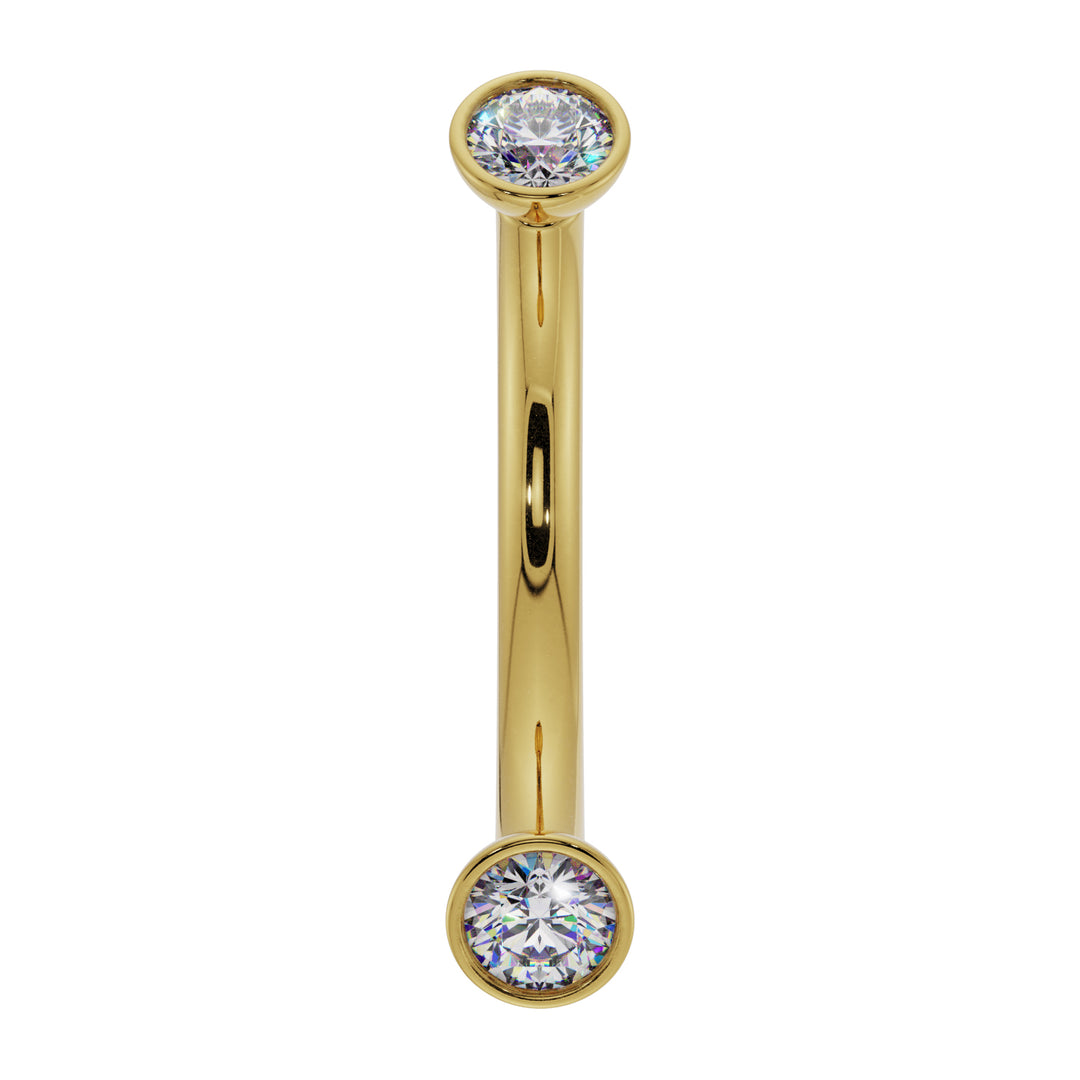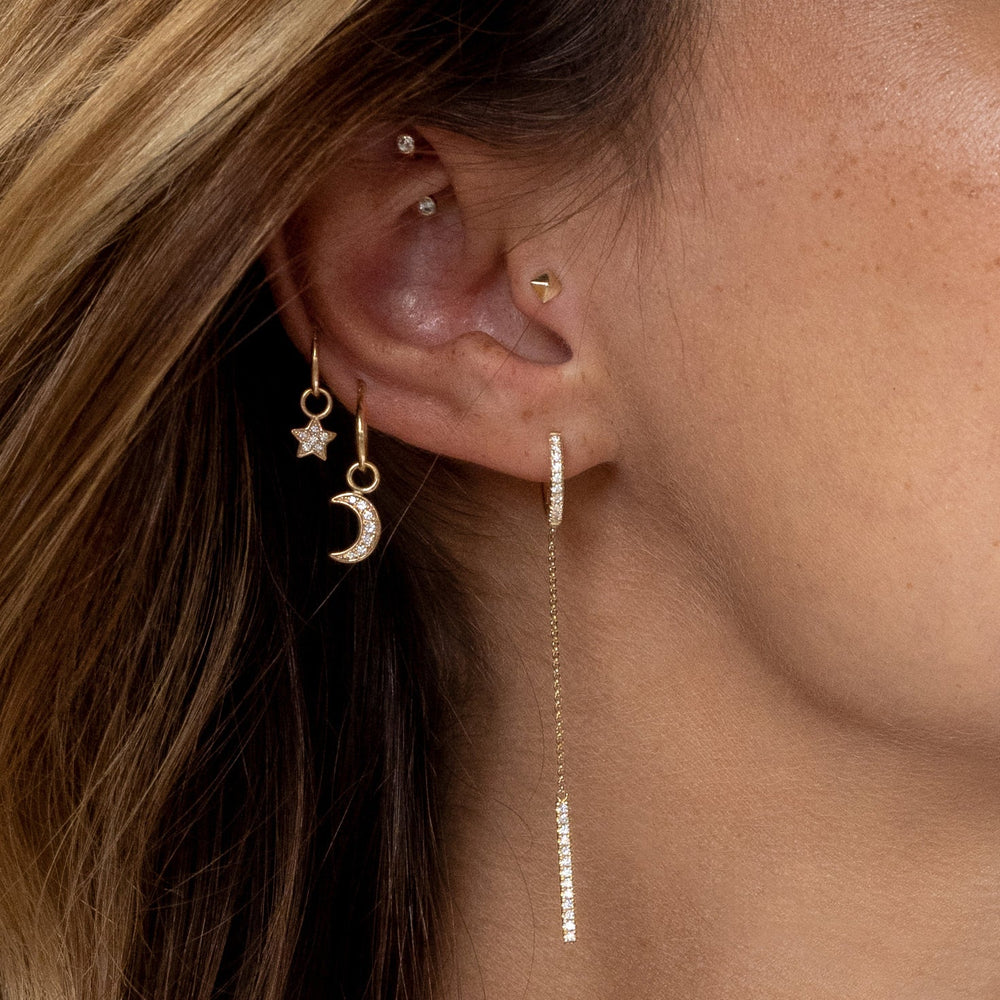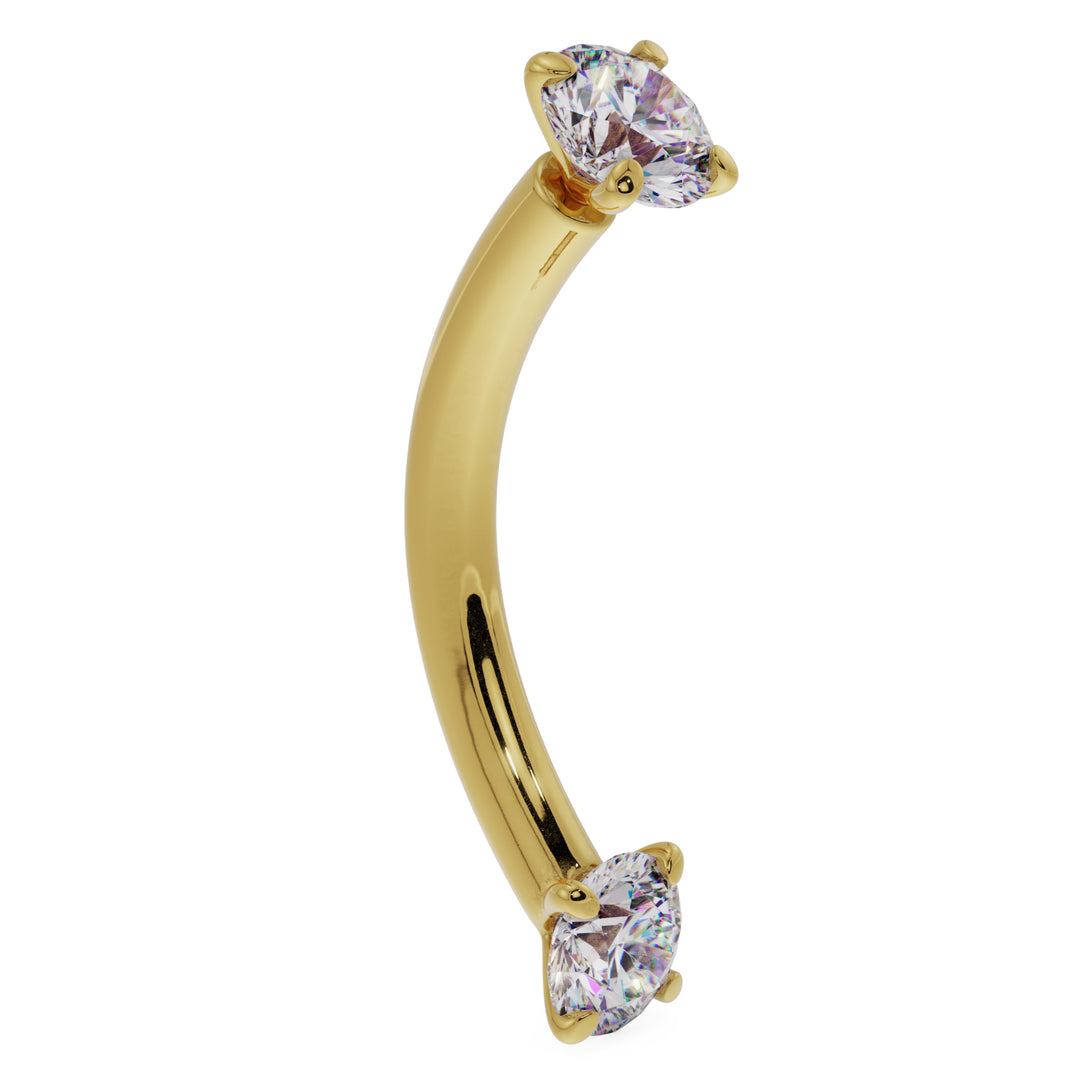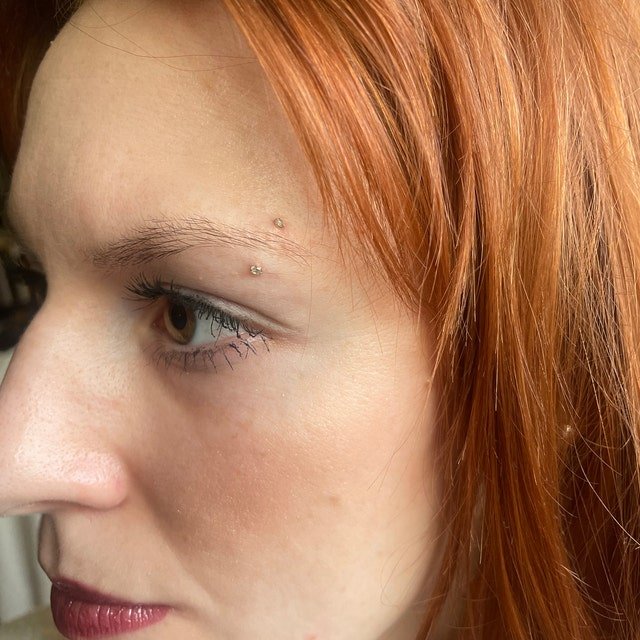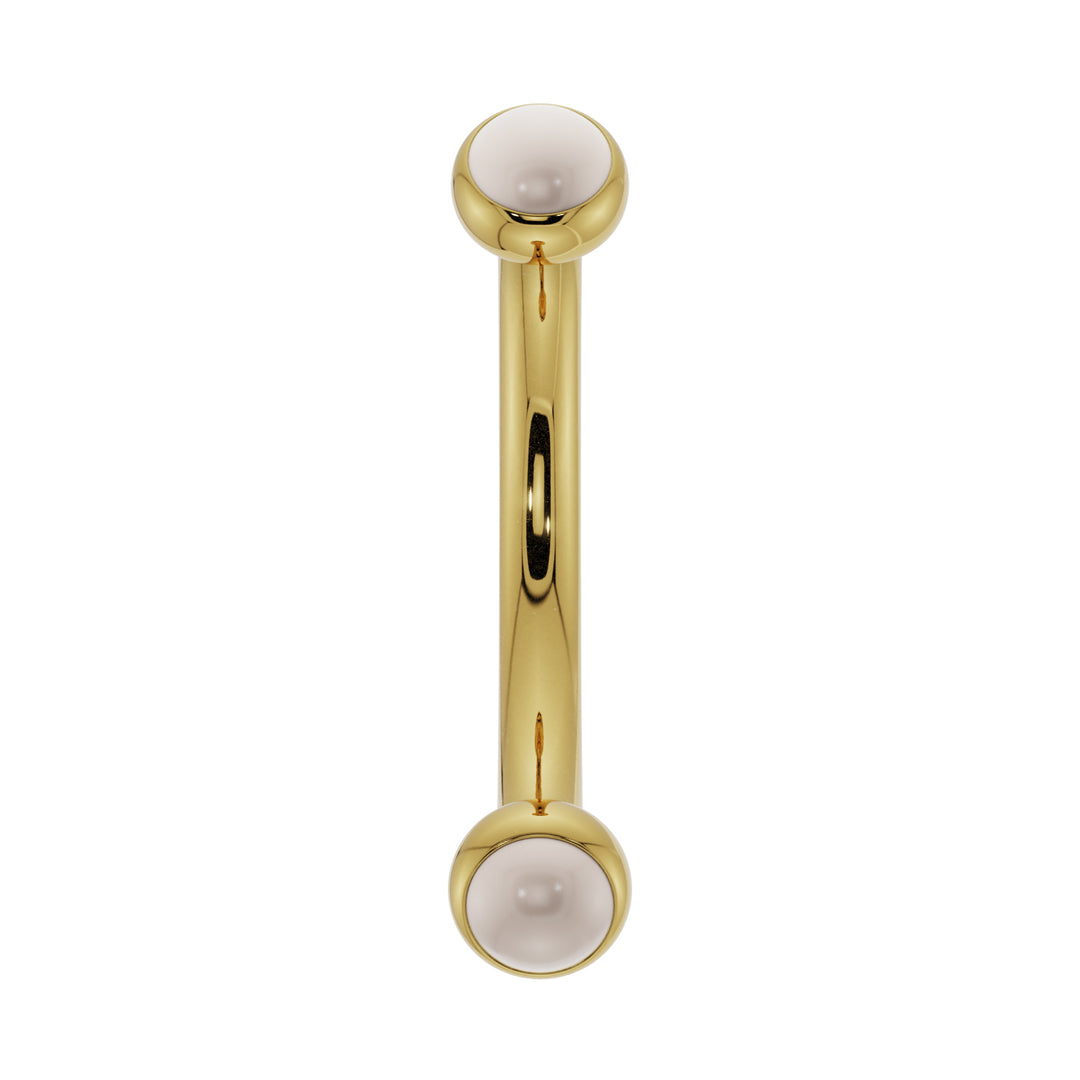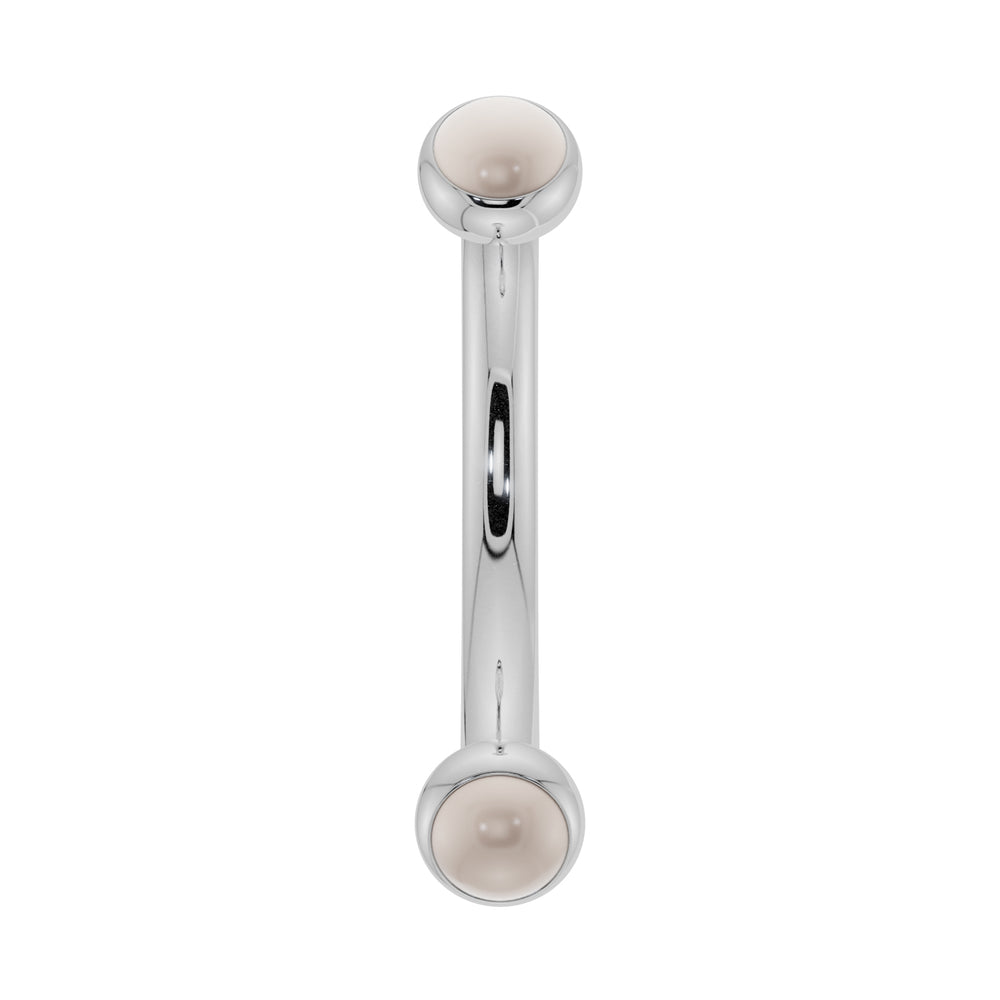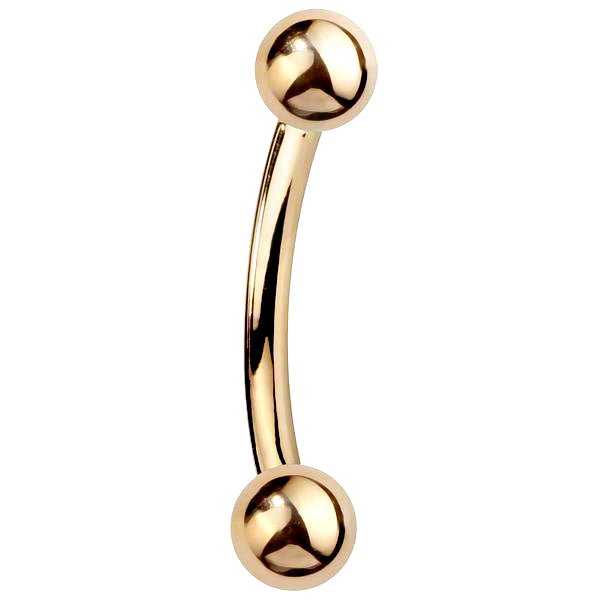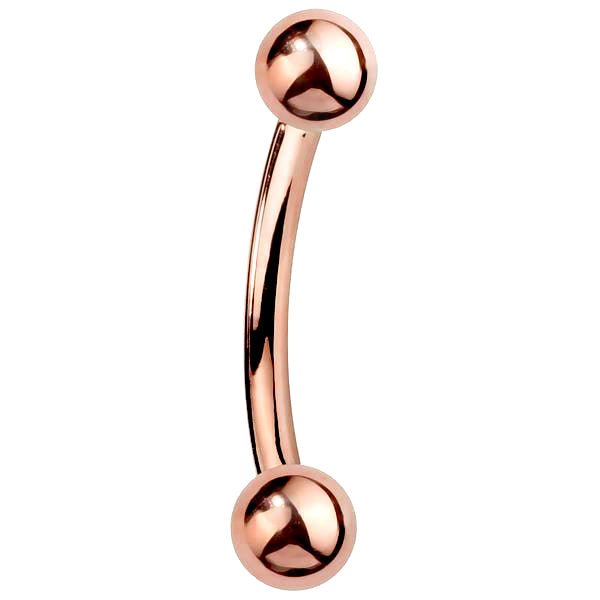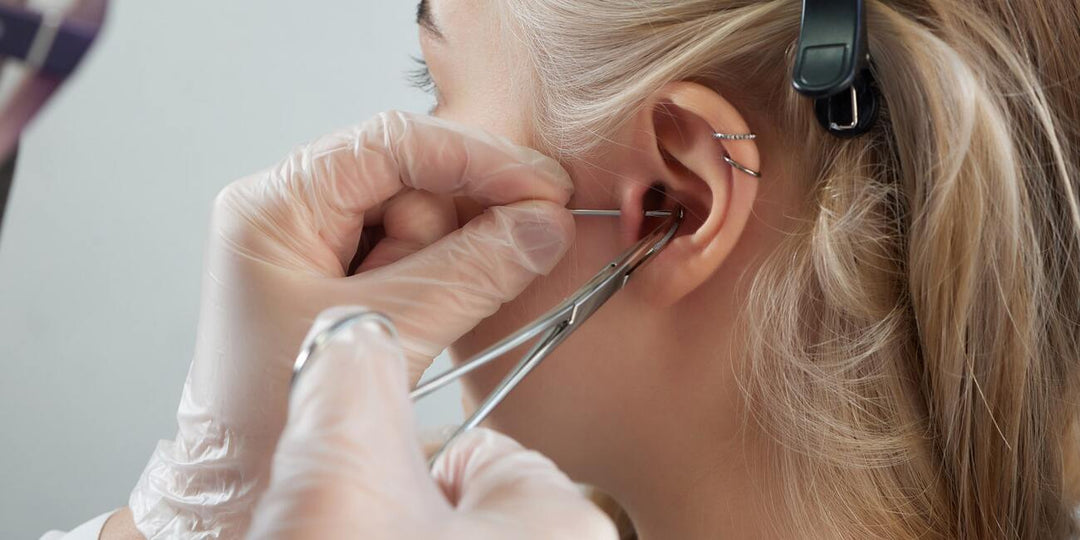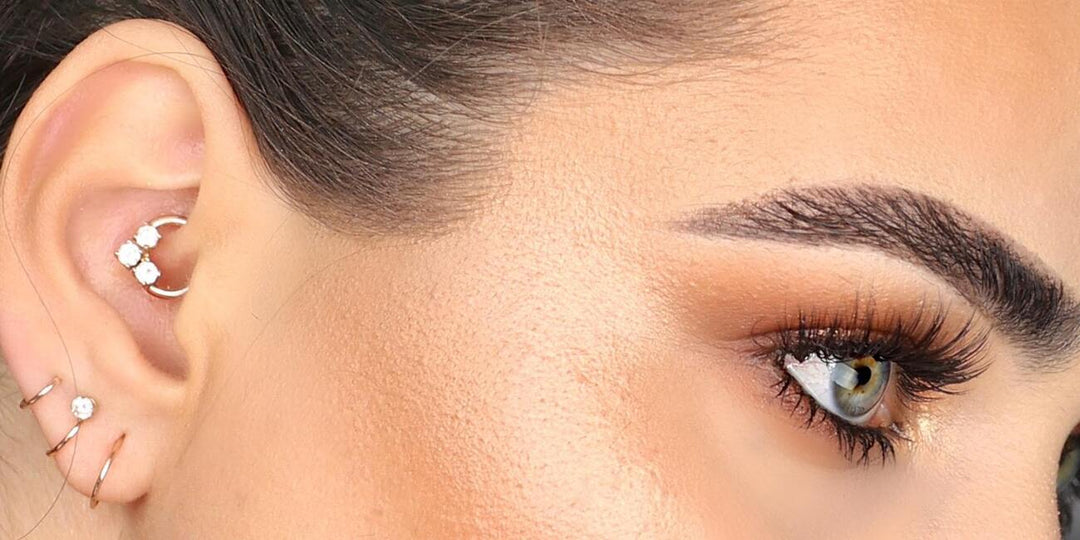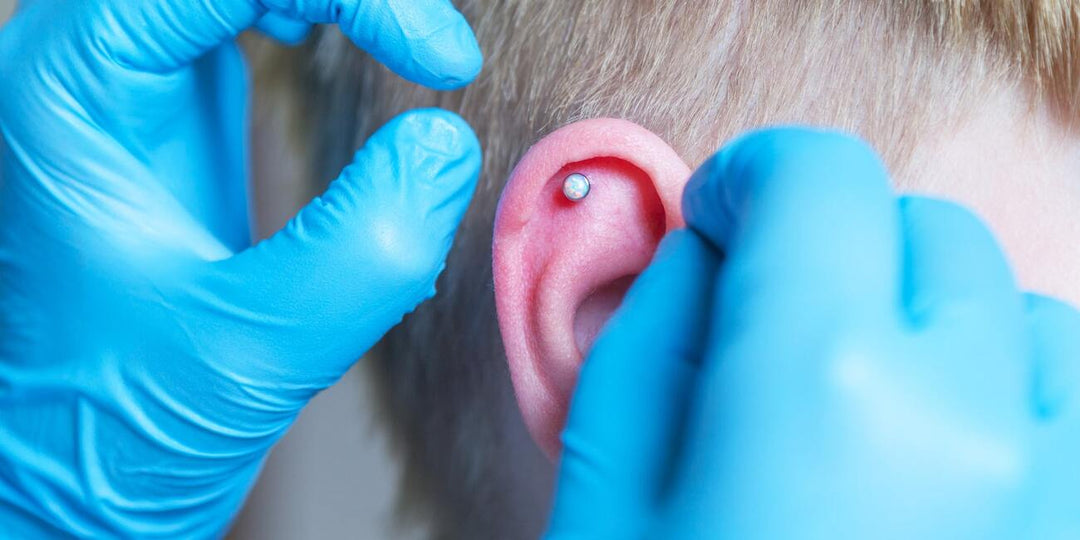The Rook Piercing: Everything You Need To Know
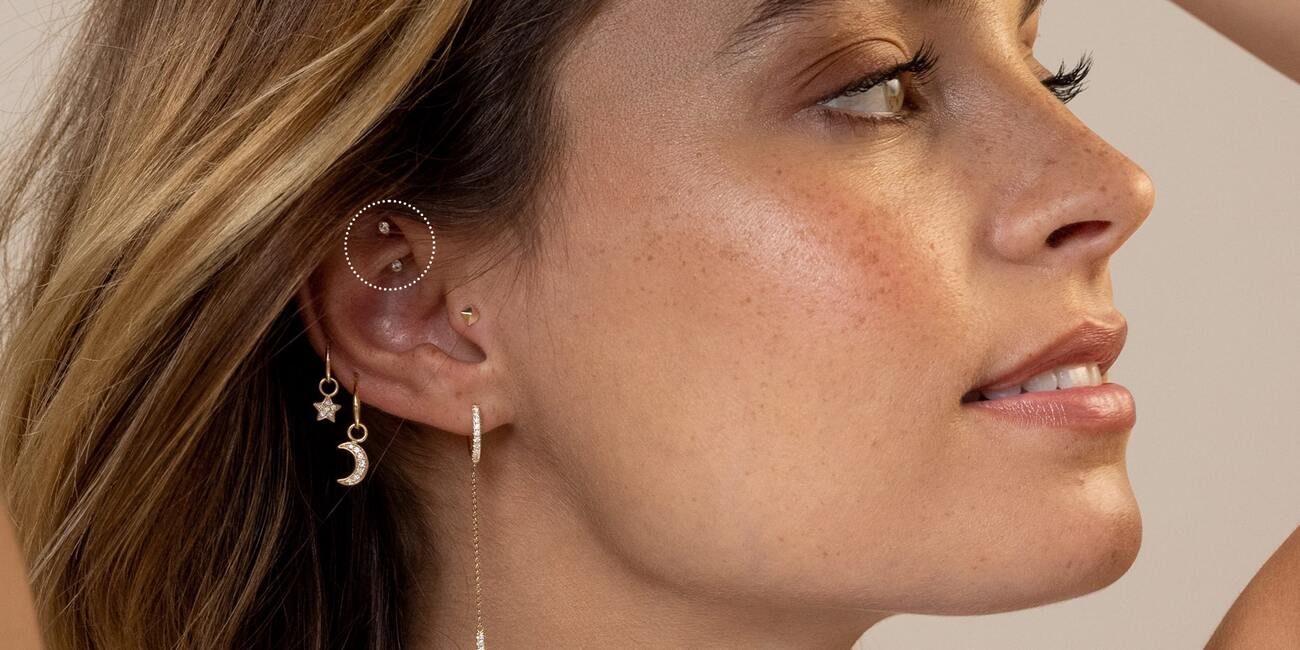
Although cartilage piercings around the rim of the ear have been popular for ages, modern trends see more and more piercings appearing in the inner folds of the ear. Styles like cartilage clusters or constellation piercings beg for unique piercing placements adorned with gorgeous, contemporary jewelry options. The rook is one of these.
What Is The Rook Piercing?
Rook piercings are among the more modern piercing types. Nestled in the cartilage fold that’s located right beneath the rim, or helix, of the ear, this piercing is adorable alone or in a cartilage cluster.
Since it’s located directly above the daith, it’s easy to get these two piercing styles mixed up. When getting this piercing, make 100% sure that you’re asking for the piercing that you want. It’s a good idea to bring along pictures so that you and your piercer are on the same page.
As a cartilage piercing, overall aftercare won’t differ too much from any other cartilage piercing. However, its location within the folds of the cartilage make it a difficult piercing to access for both you during aftercare and your piercer during piercing.
Here’s everything that you need to know about the rook piercing.
Rook Piercing Pain
The rook piercing, like all cartilage piercings, is one of the more painful piercings that you can get. That being said, the pain is quick, and much of the discomfort reported by those who have gotten the rook piercing comes from the crunch you may hear and feel as the needle goes through the cartilage rather than the pain of the piercing itself.
Much of the pain will depend upon the piercer. An experienced piercer will most likely have you lay on your side so that you don’t pass out or move around too much during the procedure. He or she will then puncture the rook using a hollow 16-gauge needle. Veteran piercers will let you know when to breathe in order to make the process easier, and they will produce the puncture in one smooth motion, so you shouldn’t feel anything more than a tug and a pinch.
Rook Piercing Healing Time
The rook piercing takes anywhere from 6 - 9 months to one full year to completely heal. Cartilage piercing healing times vary greatly from person to person, so be sure to consult your piercer to make sure that the piercing has fully healed before stopping aftercare practices. If you try to remove the jewelry prior to full healing, you run the risk of side effects like cartilage bumps.
Aftercare Rules
Like any other piercing, you should clean your rook piercing 2 - 3 times daily with a piercing aftercare saline solution per your piercer’s instructions. When choosing a piercing aftercare spray, make sure that it only contains a mixture of salt and water. Often, aftercare sprays will contain additives, like tea tree oil, that will actually irritate the piercing and prolong healing.
Here are some additional tips to keep in mind in order to enjoy as short of a healing period as possible.
- Don’t wear headphones that press against the jewelry. If pressure is placed on the jewelry, it may cause the earring to rub against the piercing holes, causing trauma to the piercing site that could lead to piercing bumps. Instead, opt for earbuds or headphones that don’t press against the rook.
- Don’t twist your rook earrings. This rule can be difficult, especially while cleaning, but it’s imperative for cartilage piercings. Cartilage is easily damaged, and when you move the jewelry around, it causes trauma to the surrounding skin. This can lead to scarring. When conducting saline soaks, make sure that you use a cup that’s big enough to engulf the jewelry without touching it, and refrain from twisting the jewelry.
- Try not to sleep on the piercing. Similar to the headphones issue, this will place pressure on the earrings, causing problems. When choosing which side to get your rook piercing, keep your sleeping preferences in mind, and consider getting the piercing on the side that you don’t sleep on.
Rook Piercing Cost
The rook piercing will cost anywhere between $30 and $100. Often, this price won’t include the jewelry.
Related Products
View allDon’t skimp on price. An inexperienced piercer can set you up for failure by using bad instruments, not piercing deeply enough, choosing the wrong starter jewelry, or any other number of mistakes. You want to find a piercer who is experienced enough to get you the piercing that you deserve.
Side Effects Of A Rook Piercing
Like all piercings, there are a few possible side effects from getting your rook pierced. Most of these side effects are avoidable through proper aftercare practices and care, and even if side effects do appear, most of them are not permanent.
- Piercing bumps are by far the most common side effect of rook piercings. There are a few different types of piercing bumps, but the most customary are hypertrophic scars, pustules, or irritation bumps. Hypertrophic scars usually appear due to trauma. Avoid them by taking extra care to avoid snagging. Pustules usually arise due to poor aftercare practices. Simply keep your piercing clean and dry, and they should stay away. Irritation bumps appear due to irritation. Choose proper jewelry material (titanium for starter jewelry and 14k gold for later jewelry pieces), keep any caustic chemicals away from the piercing, and avoid scratching the piercing, and these types of bumps will not appear. If a piercing bump does appear, visit your piercer so that they can let you know which piercing bump you have and proper treatment.
- Piercing rejection is also something that you need to watch out for. It usually happens due to trauma to the piercing site and can be avoided if you take care to avoid snags. Signs of piercing rejection include a growing piercing hole, red and flaky skin around the piercing site, or noticeable movement of jewelry. If you think your piercing is rejecting, consult your piercer. Once a piercing has begun rejection, you typically have to take out the jewelry and let the piercing heal before attempting the piercing again.
- Piercing infections are also a potential side effect, but in general, piercing infections are rare. If you are practicing proper hygiene and cleaning your piercing daily, you shouldn’t develop a piercing infection. In the first week or so after getting pierced, swelling, discharge, and some bleeding is common, so don’t worry if this occurs. If you develop a piercing infection, the symptoms associated will be fairly extreme, and you shouldn’t have a doubt about whether or not your piercing is infected. That being said, it’s always better to be safe than sorry, and if you suspect that your rook piercing is infected, talk to a doctor or your piercer for consultation.
A note on keloids: Keloids are something that are commonly misdiagnosed in the piercing world due to misunderstanding. They are often equated with hypertrophic scarring, but in reality, they are two very different things. Keloids are a serious genetic disorder that only affects around 10% of the worldwide population. They are very large bumps that appear around a piercing, cut, scrape, or even a bug bite. If you have never had a keloid before and no one in your family has ever had a keloid, there’s very little chance that you have developed a keloid as the result of your piercing.

FreshTrends Tip
The best thing you can do while the piercing is healing, is to avoid touching, moving, or rotating it.
How to change a rook piercing
To change the jewelry, simply open it up, feel for the hole with your fingers, then gently slide the jewelry into the piercing, securing it tightly. (Check out this guide detailing how to open different body jewelry types.
Keep in mind that threaded jewelry should be screwed in firmly but not too tight. The threads are delicate, and you may strip the threading if you screw it in too tight.
What Type Of Jewelry Is Worn In A Rook Piercing?
Even though the rook is located in such a tight location, there’s a wide variety of rook piercing jewelry styles to choose from so that you can make this piercing your own.
Curved barbells are incredibly popular in rook piercings. It makes great starter jewelry because it won’t tug on your piercing as much as a hoop might, and you can get a barbell long enough to leave space for swelling. Once your rook has healed, you can get a smaller barbell so that the beads sit flush with your cartilage, or stick with the longer barbell so that the jewelry hangs in the center of your ear. Spice it up with barbells that sport charms, opals, or other fun beads.
Seamless hoops, clickers, and captive bead rings are also a popular style in rook piercings. You’ll want to opt for a hoop in a smaller diameter for a more comfortable fit.
As for jewelry materials, you should start out with a titanium piece. Starter jewelry is a bit larger than the typical jewelry you’d wear in order to accommodate swelling, so it will only be worn for the first couple of weeks after getting pierced. It’s inexpensive and contains few alloys, so it’s safe for sensitive healing skin. Once swelling has gone down, switch to a nickel-free 14k gold piece. 14k gold looks stunning in any piercing, and it’s more durable than 18k or 24k gold, making it ideal for piercing jewelry.
